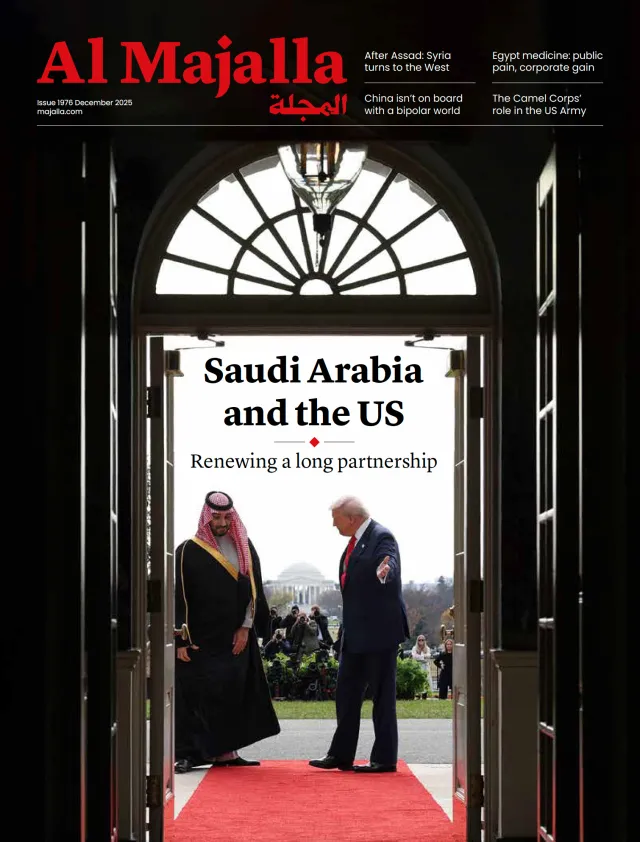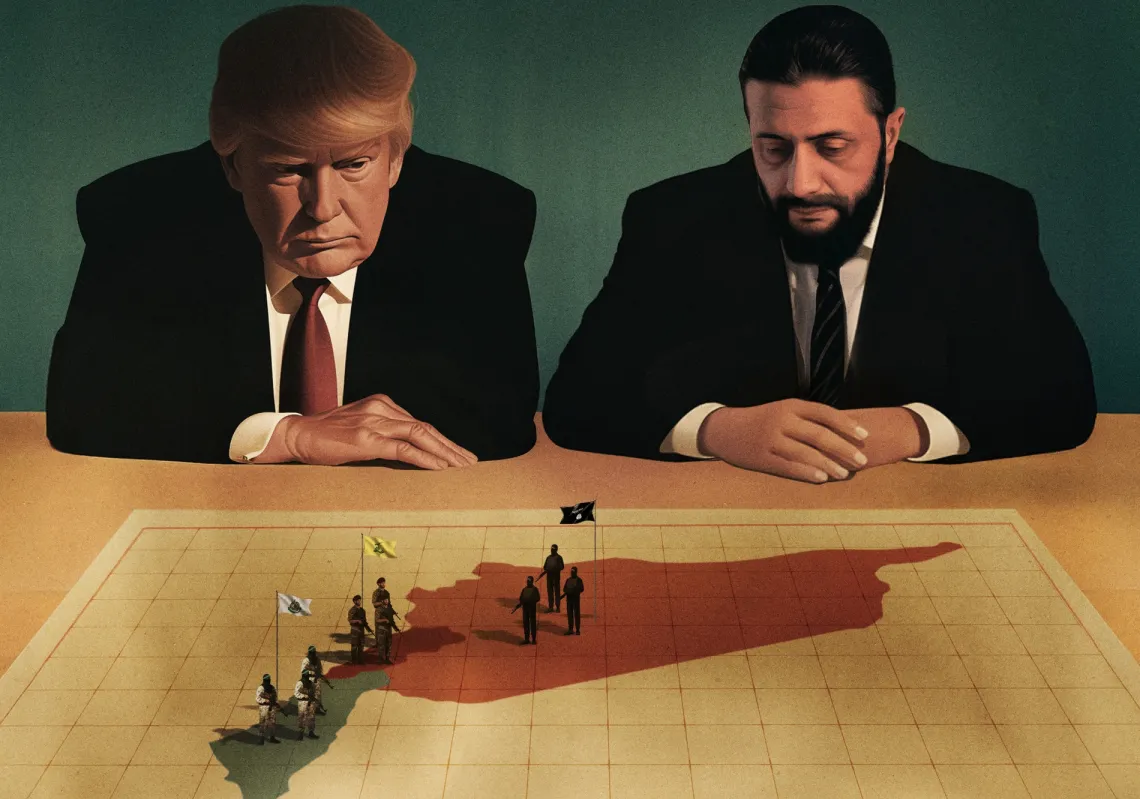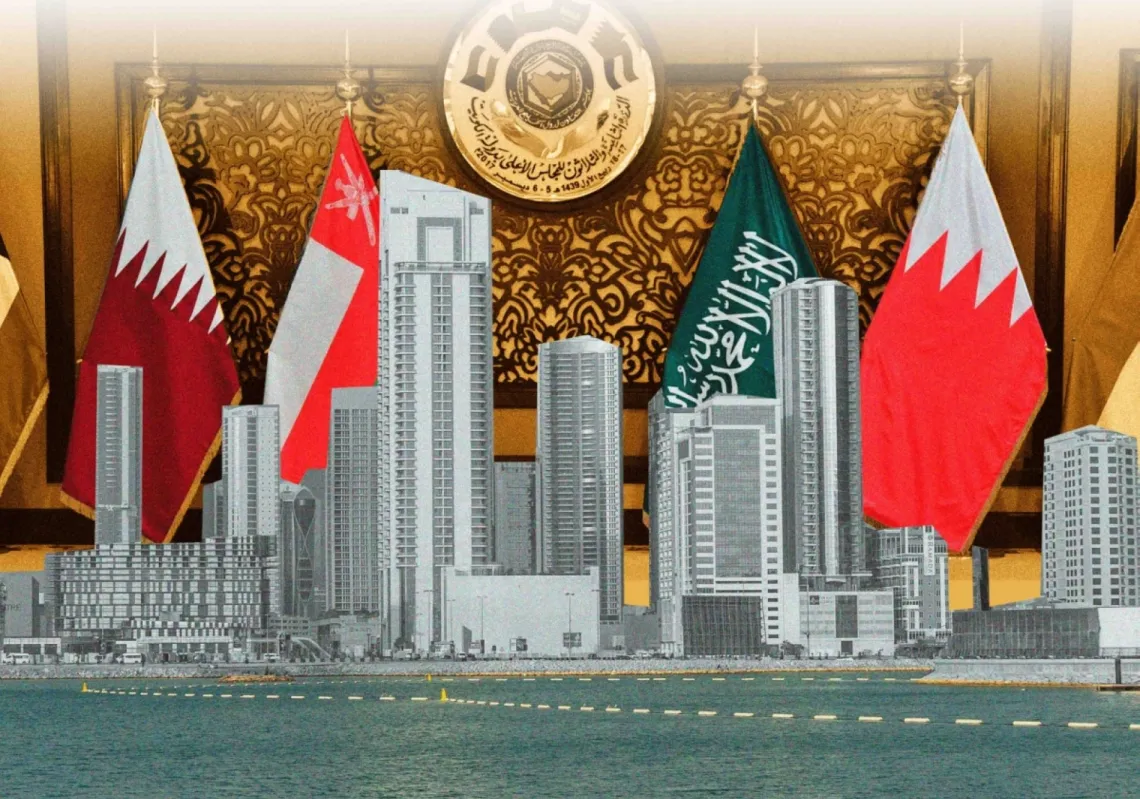Days after US president Donald Trump’s administration unveiled the sharpest ever escalation in American tariffs going back 200 years, Chair of the US Federal Reserve Jerome Powell said that tariffs are highly likely to generate at least a temporary rise in inflation and that the effects could possibly linger for the foreseeable future.
According to recent projections, the impact of reciprocal tariffs worldwide, which Trump dubbed “Liberation Day”, will lead to a short-term acceleration of prices by 0.71%. The US is expected to experience the highest price index increase, estimated at 7.26%.
Trump’s risky bet to rectify trade imbalances and bring back production to the US could send the economy barreling toward “stagflation,” a toxic combination of stagnant economic growth and rising unemployment coupled with accelerating inflation.
Trump's tariffs will be paid by US businesses that import goods and materials from other countries, and they are likely to pass on some or all of those costs to consumers through higher prices, which could prompt Americans to cut back on spending. Consumer prices could accelerate by one percentage point by year-end, boosting the inflation rate close to 4% from its current level.
Some economists have suggested that prices in other countries could also initially fall. Firms which normally export their goods to the US may instead send them to countries such as the UK, which don't have such steep tariffs, potentially leading to a flood of cheaper goods in the UK.









